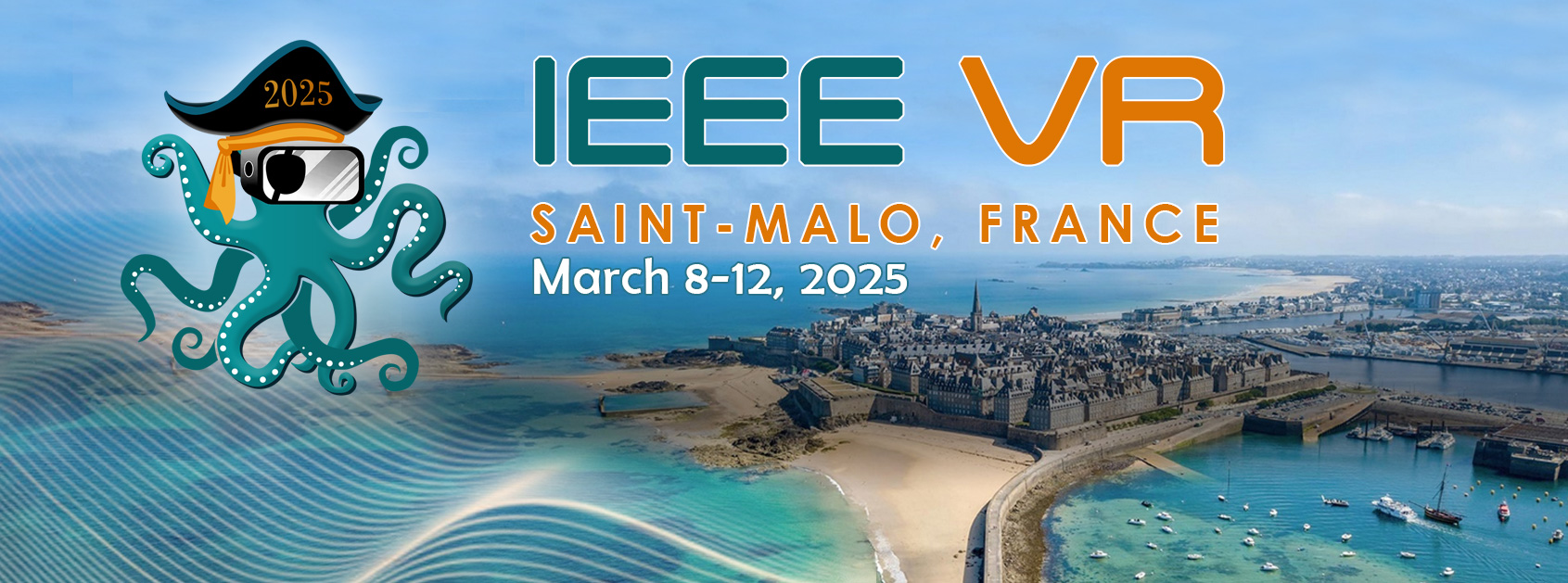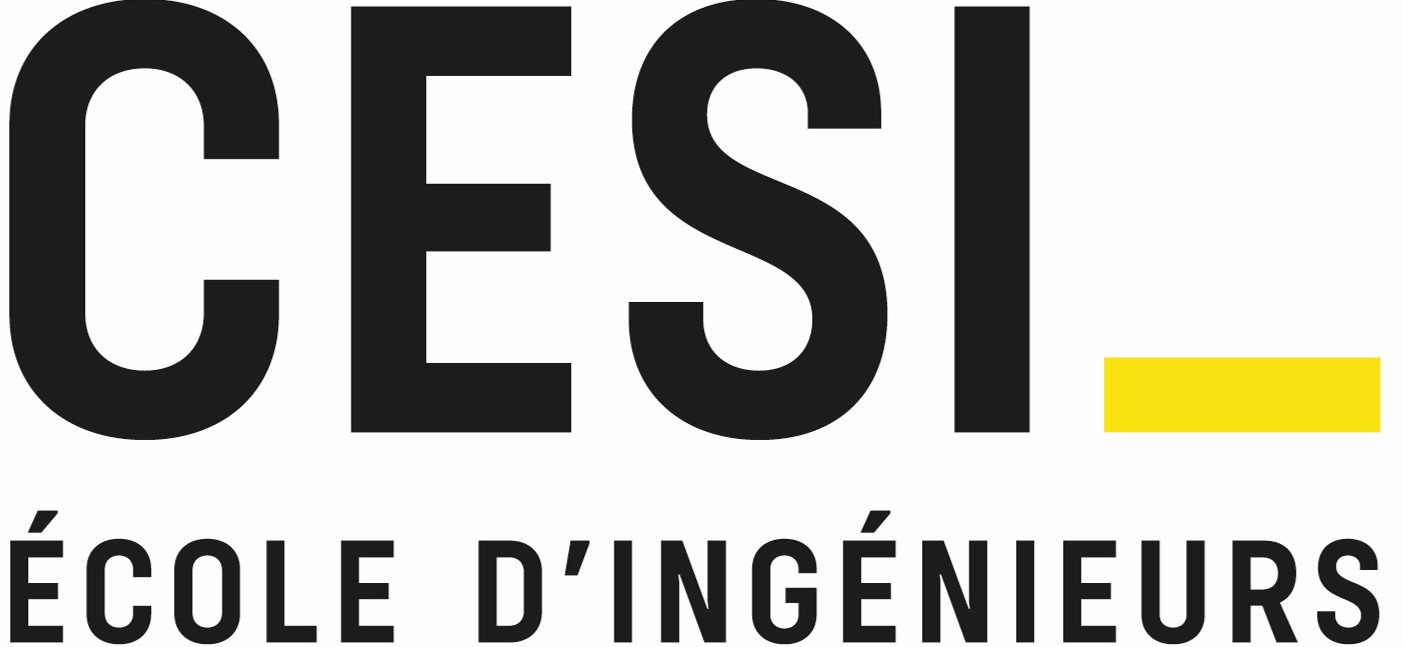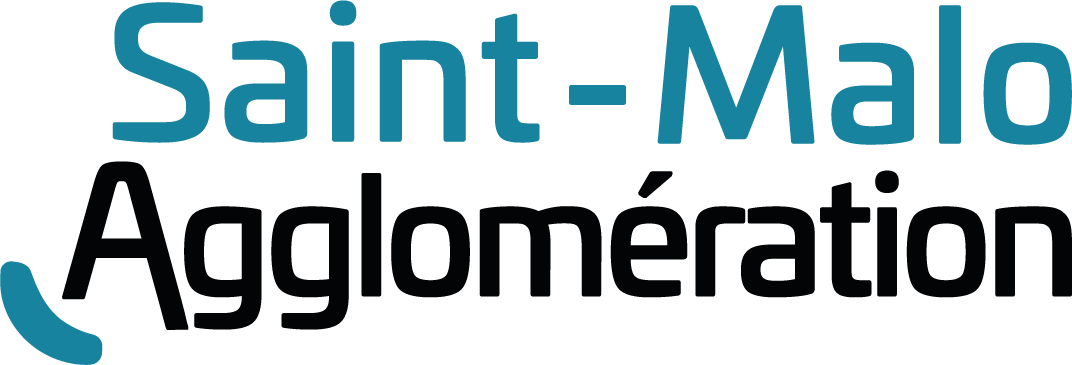
Panels
| Panels | ||
|---|---|---|
| Where will extended reality and AI take us? | Wednesday 12th, 15:15 - 16:15 (Saint-Malo, France UTC+1) Room: Chateaubriand |
|
| How to adapt our XR research practices in times of ecological crisis? | Tuesday 11th, 15:15 - 16:15 (Saint-Malo, France UTC+1) Room: Chateaubriand |
|
Room: Chateaubriand
Presentation
This year, for the first time, IEEE VR will include a mixed reality panel, occurring simultaneously in VR and displayed live on the screen of the plenary room. Panelists will be equipped with a VR headset. Each panelist will be represented by a virtual body that resembles their own appearance. As well as the human panelists there will be a virtual agent of a very well-known historic researcher who was critical to the topic of the discussion, based on Large Language Model (LLM) and also represented by an avatar. This special guest will observe the panel discussion and occasionally will comment through GPT-based speech generation. The panel will be in two stages. First, there will be a discussion where the panelists are in VR in the same shared environment, but potentially located in different physical places around the convention centre or on the plenary stage. Second, they will come together physically on stage to discuss the experience including with the audience.
The scientific objective of the panel is to foster discussion about the future of AI and XR and how they are interrelated and will influence one another. AI can be used to help construct XR applications including everything from the design, modeling, and programming, and also AI can be used in real time during an application - as in the example we are demonstrating with this panel. The general idea is based on the goals of constructing and testing the technology for AI to be used in meetings. Every meeting has an objective (even if it is just to ‘hang out’ and have fun), and the idea is to explore the extent to which AI can help the meeting realise its objectives, especially when things go wrong, such as in cases of abuse or harassment.
Also there are fundamental ethical issues raised through the use of AI, especially considering the European Union’s AI Act. For example, will it even be legal to have virtual human characters controlled by an AI in XR applications outside of research? We look forward to this exciting panel that will discuss issues relevant to all attendees of IEEE VR 2025!
Panelists
- Sylvia Pan (Goldsmiths, University of London) - Moderator: is a Professor of Virtual Reality at Goldsmiths, University of London. She co-leads the SEEVR Lab (Social, Empathic, and Embodied VR) including over 10 academics and researchers. Her research interest is the use of Virtual Reality as a medium for real-time social interaction, in particular in the application areas of medical training and therapy. Her 2017 Coursera VR specialisation attracted over 100,000 learners globally, and she co-leads on the MA/MSc in Virtual and Augmented Reality at Goldsmiths Computing.
- Frank Steinicke (University of Hamburg): is a Professor of Human-Computer Interaction at the Department of Informatics at the Universität Hamburg. Before his current position, he was a professor of Computer Science in Media at the Department of Computer Science at the University of Würzburg and chair of the Immersive Media Group from 2011 to 2014. He studied Mathematics with a Minor in Computer Science at the University of Münster, from which he received his Ph.D. and Venia Legendi in Computer Science. His research interests are focused on understanding the human perceptual, cognitive, and motor abilities and limitations to improve interactions and experiences in computer-mediated realities. He received the IEEE VGTC Virtual Reality Technical Achievement Award in 2023 for his scientific contributions and was inducted into the prestigious IEEE VR Academy.
- Masahiko Inami (University of Tokyo): is a Professor at the University of Tokyo after working at the University of Electro-Communications and Keio University. His interests include “JIZAI Body,” human augmentation, and entertainment engineering. He has received several awards, including TIME Magazine’s “Coolest Invention of the Year” award and the Young Scientist Award and Research Category Award from the Ministry of Education, Culture, Sports, Science, and Technology (MEXT). He is also a director of the Information Processing Society of Japan, a director of the Virtual Reality Society of Japan, and a member of the Science Council of Japan. His latest book is called 'Theory of JIZAI Body' (Springer, 2023).
- Mel Slater (University of Barcelona): is a Distinguished Investigator at the University of Barcelona in the Institute of Neurosciences, and co-Director of the Event Lab (Experimental Virtual Environments for Neuroscience and Technology. He was previously Professor of Virtual Environments at University College London in the Department of Computer Science. He has been involved in research in virtual reality since the early 1990s and his work has concentrated on both technical developments in VR and contributions to the understanding of presence and the cognitive neuroscience of body ownership and agency. He has worked in the area of clinical psychological applications including many publications on paranoid ideation and public speaking anxiety. He can be contacted at melslater@ub.edu.
- Rachel McDonnell (Trinity College Dublin): is a Professor of Creative Technologies at Trinity College Dublin and Head of the Graphics and Vision Lab, overseeing a team of 11 academics and more than 30 researchers. Her research interests include computer graphics, character animation, and virtual humans, with a particular focus on the perception of virtual characters. She investigates how factors such as lighting, appearance, and motion impact the uncanny valley effect and viewer responses. Additionally, she is an Associate Editor for several Computer Graphics journals, and regularly serves on the SIGGRAPH Technical Papers Committee. Her research on the perception of virtual humans has been featured in prominent media outlets, including BBC News, New Scientist, Kyodo News, and The Japan Times.
- Victoria Interrante (University of Minnesota): is a Professor in the Department of Computer Science and Engineering at the University of Minnesota, where her current research broadly focuses on improving the human experience in virtual environments, through projects aimed at topics like: mitigating cyber sickness, improving well-being via immersion in virtual nature, and designing VR-based interventions to counter racial and other forms of bias. Dr. Interrante has been actively engaged with the IEEE VR community since the late 1990s, and was honored in 2020 with the IEEE VGTC VR Career Award for her lifetime contributions to visualization and visual perception for augmented and virtual reality.
- The Guest: is an autonomous virtual being who has appeared in several past events, in different guises. Its physical appearance is arbitrary and can change from event to event, but its language understanding and responsive capabilities are linked to large language model development, in particular based on OpenAI’s ChatGPT.
Technical background
The panel relies on the VR United tool designed by Dr Ramon Oliva in the Event Lab, Universitat de Barcelona within the frame of the European project GuestXR.
Room: Chateaubriand
Presentation
In the face of escalating ecological challenges, the XR research community ought to critically assess and adapt its practices to promote environmental sustainability. This panel brings together informed academics and citizens to briefly introduce some background on the impact of digital activities, the carbon footprint of scientific conferences and discuss actionable strategies for reducing the ecological footprint of both XR research and conferences. This panel aims to foster a critical dialogue on transforming XR research practices to address the pressing demands of ecological sustainability, around the following topics:
- Ludovic Hoyet (Inria) and Marc Macé (CNRS) will introduce the topics covered in the panel, and will present an analysis of the carbon footprint of IEEE VR 2025. They will discuss methodologies for assessing emissions and propose measures to mitigate the ecological impact of such gatherings.
- Solène Lambert (Sorbonne Université) will explore innovative approaches to organize academic conferences that minimize environmental impact. Drawing from her experience in organizing Para-CHI in Paris, a local alternative hub to CHI which was held last year in Hawaï, she will present models such as multi-hub conferences and virtual participation, discussing their effectiveness in reducing travel-related emissions while maintaining academic collaboration and knowledge exchange.
- Marlène de Bank (Shift Project) will address the sustainability of digital technologies, in light of her work at The Shift Project and the report they produced on the environmental impact of XR. She will highlight the increasing carbon footprint of the digital sector, which currently accounts for 3-4% of global emissions and is growing by 6% annually. Her talk will emphasize the need for digital sobriety and responsible computing practices to curb this trend.
- Peter Sturm (Inria) will talk about his transition from computer vision to sustainability sciences. He will provide a broader perspective by discussing indirect environmental and social impacts of research and technology that often outweigh direct impacts.
Panelists
- Ludovic Hoyet (Inria) - Moderator: is a Research Scientist at the Inria Center of University of Rennes (France), and part of the Virtus team in which he conducts research on creating perceptually plausible virtual characters, in particular for real-time interactive applications. His research interests include character animation, applied perception, and exploring the use of virtual reality to study human behaviors in more ecological situations. He received his PhD degree from INSA Rennes in 2010, and Habilitation from the University of Rennes 1 in 2022. He published more than 30 journal and 30 conference papers in international venues, related to Computer Graphics or Virtual Reality, and is becoming increasingly more interested in the topics of the environmental impact of our scientific activities.
- Marc Macé (CNRS) - Moderator: is a CNRS researcher and is part of the Seamless team at IRISA, Rennes. He received his Habilitation from the University of Toulouse in 2020 and his PhD in neuroscience from the University of Toulouse in 2006. His research interests encompass virtual and augmented reality, brain-computer interfaces (BCI), and haptics. He published more than 60 papers in international journals and conferences, in neuroscience, Human-Computer Interaction- (HCI) and BCI.
- Marlène de Bank (the Shift Project): is an aerospace engineer who held technical responsibilities in the fields of trajectory optimization and systems engineering within the Ariane 6 program at ArianeGroup for 6 years. Following this experience, driven by energy-climate issues and aware of the social role of engineers, she worked on the climate impact of space activities, particularly satellite telecommunications networks. Since 2023, she has been working at the Shift Project, the think tank for France's low-carbon transition, on the digital program: mobile communications and networks, AI and data centers, immersive technologies, and metaverses.
- Solène Lambert (Sorbonne Université): recently graduated from a PhD in human-computer interaction at Sorbonne Université (France). In 2024, she decided not to fly the CHI conference held in Hawaï due to environmental concerns. Instead, she organized a para.chi event in Paris where over 30 researchers gathered to watch and discuss CHI content—including keynotes, video presentations, and panels—as well as to present and exchange ideas on their own CHI papers.
- Peter Sturm (Inria): is a Research Scientist at the Inria Center of Grenoble (France), and part of the STEEP team. He obtained his PhD from Grenoble INP in 1997. From 1997 to 1999 he was a post-doc at Reading University (UK) and since 1999 he is a researcher at Inria. Prior to 2011, Peter was doing research in computer vision. Since 2011, he is mainly working in the area of sustainability science. His work is motivated by the fact that environmental issues now pose a threat to human civilization worldwide. Peter and the STEEP research group he is heading, believe that it is important to rethink socio-economic and institutional models in order to leave room for a possible paradigm shift. They work on understanding systemic risks - global and local ones - and on tools and methodologies aimed at elaborating and implementing socio-technical alternatives, including through participatory approaches.
































